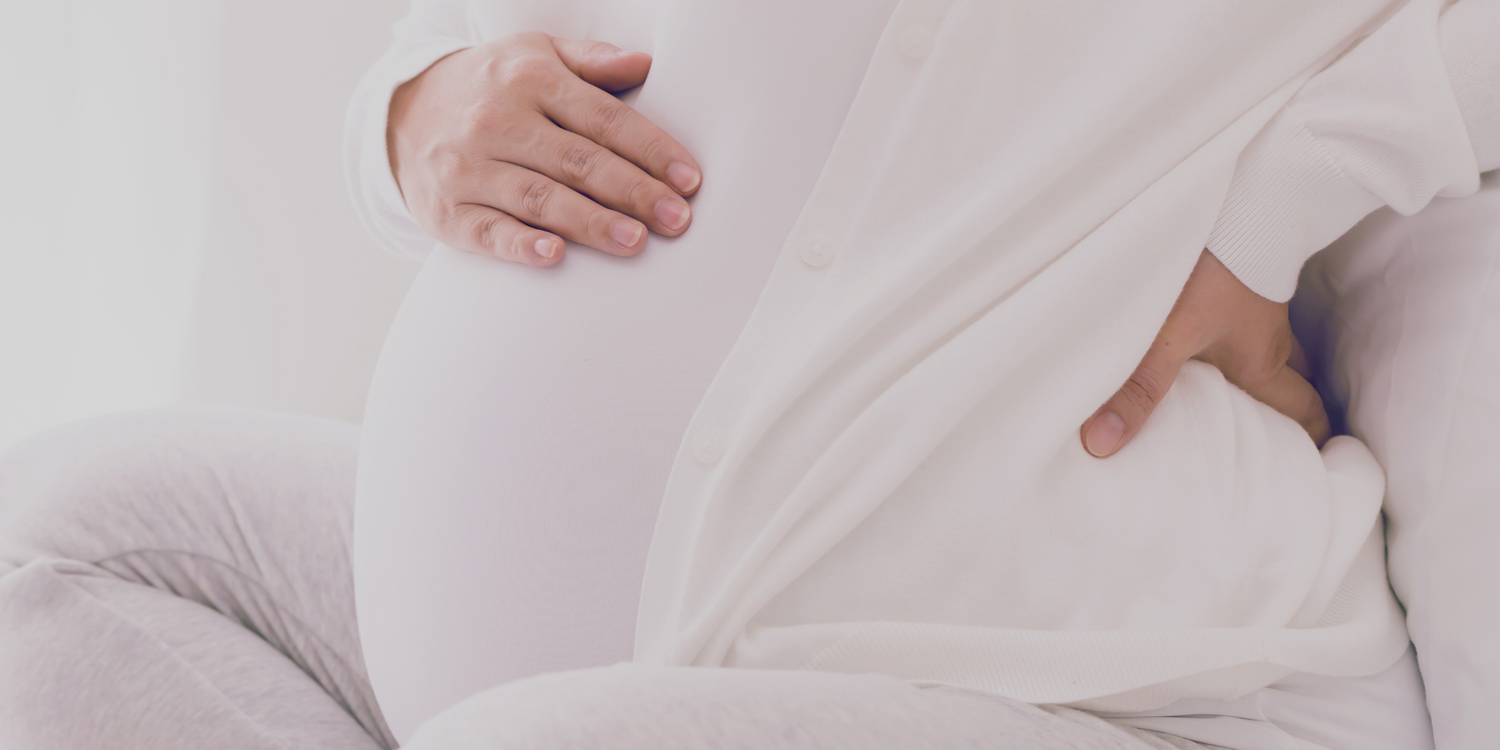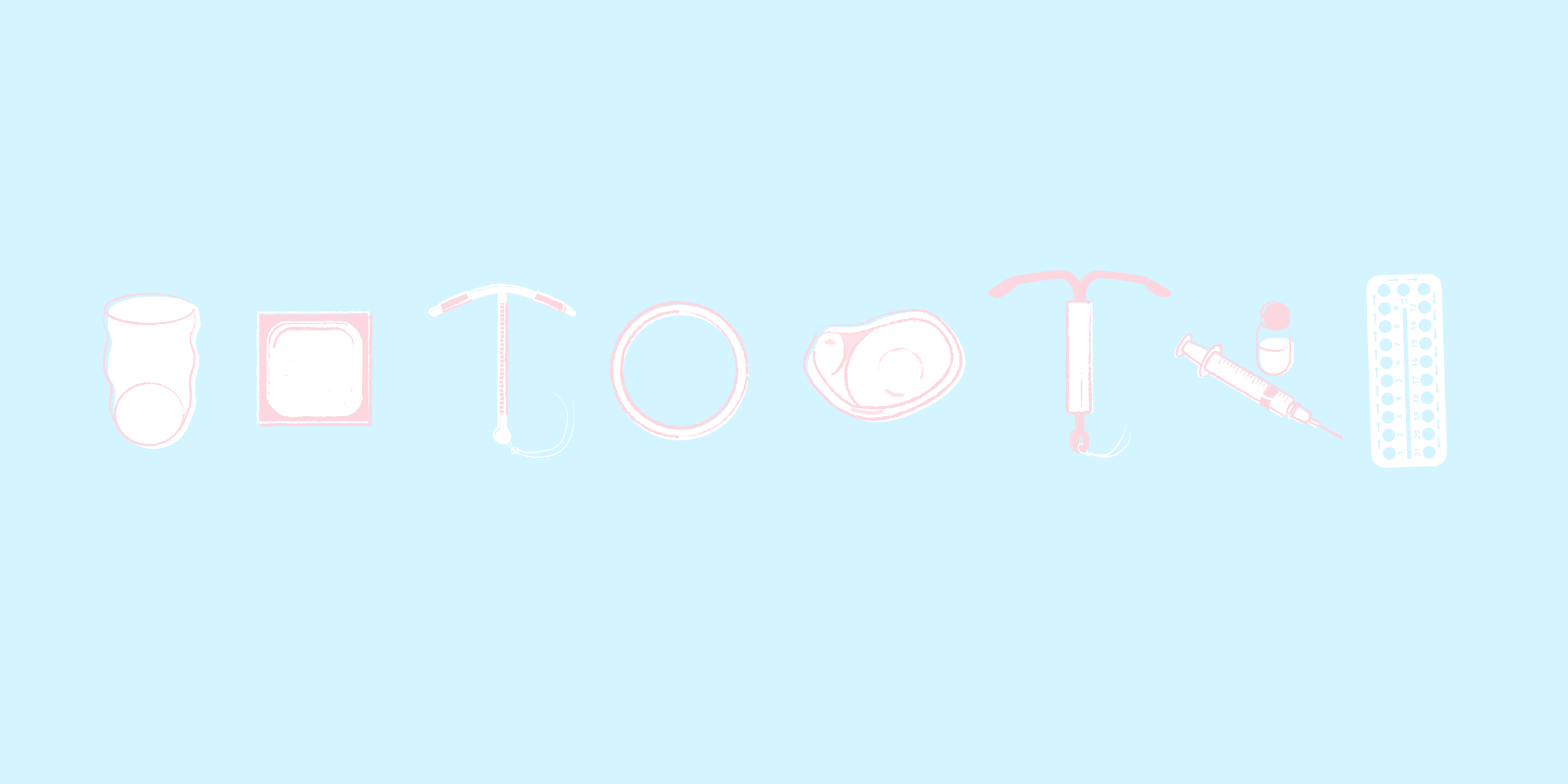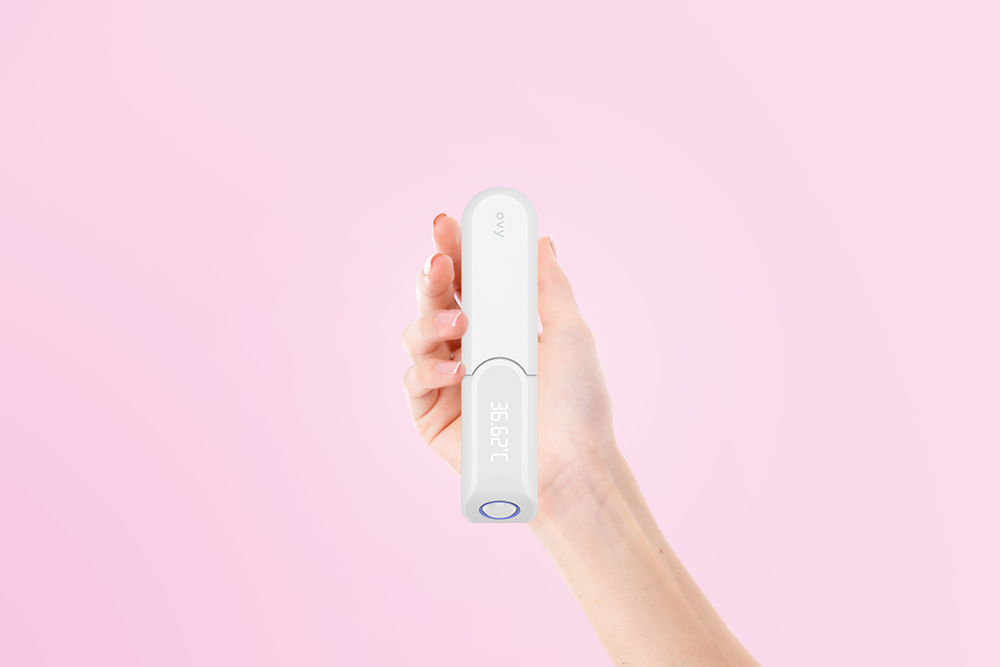Key Takeaways
- Do you suffer from back pain during pregnancy?
- You're not alone: around 70% of all expectant mothers experience this discomfort, which is caused by hormonal changes and the growing belly.
- In this article, you will find out how targeted exercises, relaxing heat applications and a back-friendly posture can make your everyday life easier - so you can enjoy a pain-free and more comfortable pregnancy!
Are you one of the many expectant mothers who suffer from back pain during pregnancy? This discomfort affects about 70 % of all pregnant women and can range from mild pulling to severe pain in the lower back. Your back pain during pregnancy is a natural result of the physical changes your body is going through.
In this article, you’ll learn how pregnancy hormones and the shift in your center of gravity can contribute to back pain. You’ll also get practical tips for your everyday life, from targeted exercises for the pelvic floor area to effective relaxation techniques. With the right measures, you can significantly reduce your discomfort and make your pregnancy more enjoyable.
Understanding the Causes of Back Pain in Pregnancy
The physical changes during your pregnancy are fascinating and complex. More than half of all pregnant women experience back pain, especially in the last trimester. Let’s look at why these symptoms occur.
Hormonal Changes and Weight Gain
During pregnancy, your body produces more of the hormone progesterone, which plays an important role in preparing for birth. This hormone leads to the loosening of your muscles. Areas most affected include:
- The pubic symphysis and sacroiliac joints
- The spinal discs
- Connective tissue
- Ligaments in the pelvic area
Shift in the Center of Gravity
From the 24th week of pregnancy, back pain often becomes more intense. This is due to your growing belly, which shifts your center of gravity forward. Your pelvis tilts backward, which can increase the curvature of your lower back. This postural change puts added strain on your lower back.
Overstretching of the Abdominal Muscles
As your uterus grows, your abdominal muscles need to stretch significantly. The abdominal volume doubles from about nine liters to roughly 18 liters. This extreme stretching can cause the rectus abdominis muscles to separate by more than a hand’s width, weakening your muscles’ support function, and adding pressure on your back.
Adjusting Everyday Habits
To make your daily routine more back-friendly, some important adjustments are necessary. With the right techniques and tools, you can significantly reduce discomfort.
Proper Lifting and Carrying
During pregnancy, it’s especially important to be cautious with heavy lifting. Legally, pregnant employees in many countries are advised not to lift more than 5 kg regularly or 10 kg occasionally. Note: the risk of miscarriage due to lifting is not medically proven.
The following guidelines can help you lift safely:
- Bend your knees instead of your back
- Keep your back straight
- Hold weights close to your body
- Distribute heavy loads across multiple bags
Ergonomic Workplace
An ergonomic workplace setup is especially important if you work in an office during pregnancy. The right setup can greatly reduce tension and back pain.
Key adjustments include:
- An office chair with good back support and armrests
- A height-adjustable desk to change positions
- A footrest to improve circulation
- A breathable backrest for added comfort
Gentle Sleeping Positions
The best sleeping position during pregnancy is on your left side. This position improves blood circulation and reduces the risk of heartburn.
Tips for better sleep:
- Use a pregnancy pillow between your knees
- Avoid lying on your back for long periods, especially in the last trimester
- Support your belly with additional pillows
- Ensure a high-quality mattress
In the last trimester, avoid lying on your back as this can lead to vena cava syndrome, which can cause dizziness, nausea, and circulatory problems.
Targeted Exercises and Activities
Exercise is one of the most effective ways to relieve back pain during pregnancy. With the right exercises, you can not only prevent discomfort but also reduce existing pain.
Gentle Stretching for the Back
The cat-cow exercise is particularly effective for mobilizing your spine. Perform this exercise for 2-3 minutes, allowing your pelvis to circle gently. Important: Make sure the exercises feel comfortable and do them at your own breathing rhythm.
Recommended stretches:
- Downward-facing dog (hold for 30-60 seconds)
- Gentle twists for the lower back
- Gentle pelvic movements in a hands-and-knees position
Pelvic Floor Exercises
The pelvic floor plays a central role during pregnancy and birth. A strong pelvic floor can better support your baby and reduce the risk of urinary incontinence after birth. Begin training in the first half of pregnancy.
Effective exercise sequence:
- Identify your pelvic floor muscles
- Practice conscious tensing and relaxing
- Hold the tension for 5-10 breaths
- Repeat the exercise 10-15 times
Water Exercise for Pregnant Women
Water exercise is especially gentle on the joints and is ideal for pregnant women. Water pressure has positive effects on swollen limbs, circulation, and blood pressure, while buoyancy significantly reduces the weight strain on your body.
Your baby also benefits from water exercise:
- Supports a healthier heart rate
- Positively influences brain development
- Encourages a healthy birth weight
Equipment for water exercise:
- Well-fitting maternity swimsuit
- Pool noodle for support
- Plenty of water for hydration
Remember to consult your midwife or doctor before starting any exercise program. The water temperature should be around 32°C to optimally relax your muscles.
Supportive Measures and Tools
If preventative measures aren’t enough, various supportive therapies can help you effectively relieve back pain during pregnancy.
Heat Applications and Massages
Heat is one of the most effective methods to relax your back muscles. Note: For full baths, the water temperature should not exceed 38°C to avoid straining your circulation.
Recommended heat applications:
- Cherry pit pillows on sore area
- Relaxing warm baths
- Warm compresses
- Herbal pouches
Use caution with massages: while they are generally safe for the upper back, avoid the lower back as it can trigger contractions.
Acupuncture and Alternative Remedies
Traditional Chinese Medicine (TCM) acupuncture can be an effective addition to standard treatments. Studies show impressive results: acupuncture for back pain is almost twice as effective as standard medical therapy. Around 60% of acupuncture patients report improvement, compared to 39% with conventional treatment.
Instead of needle acupuncture, you can try acupressure, where you press on the meridian points instead of using needles. This technique is especially convenient as you can apply it yourself.
Using Pregnancy Belts
A pregnancy belt can provide significant relief, especially in the later stages. It helps with:
- Weight distribution
- Stabilizing an upright posture
- Reducing strain on your lower back
Important note: after a C-section, only use a belly belt after consulting your midwife or doctor, as it could affect wound healing. For severe discomfort, the health insurance may cover the cost of a pregnancy belt.
Choosing the right size is essential for effectiveness. It’s best to get advice from a medical supply store, where you can also have a fitting. Look for an adjustable Velcro strap to adapt the belt to your changing body.
Conclusion
Your pregnancy doesn’t have to be overshadowed by back pain. With the right combination of adjusted daily habits, targeted exercises, and supportive measures, you can actively counteract discomfort. A holistic approach that includes both preventive and soothing measures is particularly important. These methods complement each other and provide you with various ways to strengthen your back health.
Pregnancy is a unique time that deserves your full attention—without bothersome back pain. Through regular exercise, proper posture, and targeted relaxation, you can not only relieve acute discomfort but also benefit from stronger back muscles in the long run. Remember, every body is different, so adjust these methods to your needs. For ongoing discomfort, speak with your midwife or healthcare provider for additional personalized advice.
References & Literature
- Bergström, C. et al.: Pregnancy-related low back pain and pelvic girdle pain approximately 14 months after pregnancy – pain status, self-rated health and family situation. Bergström et al. BMC Pregnancy and Childbirth (2014) 14:48
- Gutke, A. et al.: Treatments for pregnancy-related lumbopelvic pain: a systematic review of physiotherapy modalities. Acta Obstetricia et Gynecologica Scandinavica (2015) 1–12
- Park, J. et al.: The safety of acupuncture during pregnancy: a systematic review. Acupunct Med (2014) 32:257–266.
- Pennick, V. et al.: Interventions for preventing and treating pelvic and back pain in pregnancy (Review) (2013) 8;1–98





